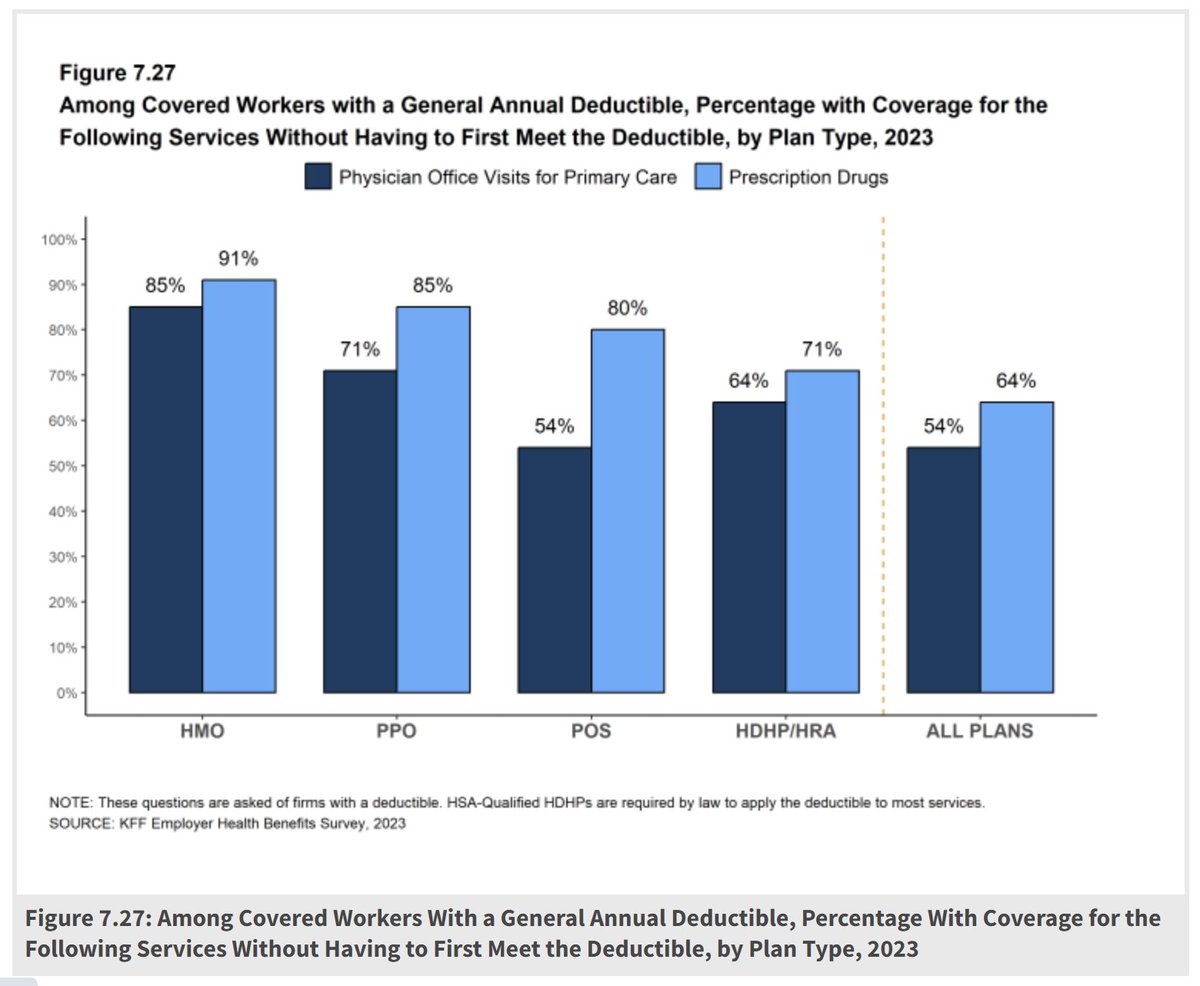
Executive Vice President for Health Policy, @KFF (Kaiser Family Foundation). Cal Bear.
 1 subscribed
1 subscribed
 1 subscribed
1 subscribed
How to get URL link on X (Twitter) App

 1 subscribed
1 subscribed

 It costs the government more to provide coverage through private Medicare Advantage plans than it would in traditional Medicare due to a kind of double whammy. Plans enroll healthier than average people. Yet, they are good at coding diagnoses that make them look sicker.
It costs the government more to provide coverage through private Medicare Advantage plans than it would in traditional Medicare due to a kind of double whammy. Plans enroll healthier than average people. Yet, they are good at coding diagnoses that make them look sicker.


 The share of Medicaid disenrollments due to failure to complete the renewal process ranges from a high of 89% to a low of 43%.
The share of Medicaid disenrollments due to failure to complete the renewal process ranges from a high of 89% to a low of 43%.
https://twitter.com/abettel/status/1583489164921942017Government purchasing of COVID vaccines -- which will end if Congress does not appropriate more funding -- has served three purposes:


 Increases in health insurance coverage were particularly notable for Black people, with the uninsured rate dropping from 10.4% in 2020 to 9.0% in 2021.
Increases in health insurance coverage were particularly notable for Black people, with the uninsured rate dropping from 10.4% in 2020 to 9.0% in 2021.






https://twitter.com/USCBOcostest/status/1509187627139964930Why does capping out-of-pocket insulin costs decrease government revenues? Glad you asked.

 Here's a link to the latest Medicaid and CHIP enrollment data.
Here's a link to the latest Medicaid and CHIP enrollment data.
 The Biden Administration previously announced that insurers will be required to reimburse for rapid at-home tests people buy. While cumbersome, that will help make tests more affordable for people, supplementing the distribution of 500 million free tests.
The Biden Administration previously announced that insurers will be required to reimburse for rapid at-home tests people buy. While cumbersome, that will help make tests more affordable for people, supplementing the distribution of 500 million free tests.